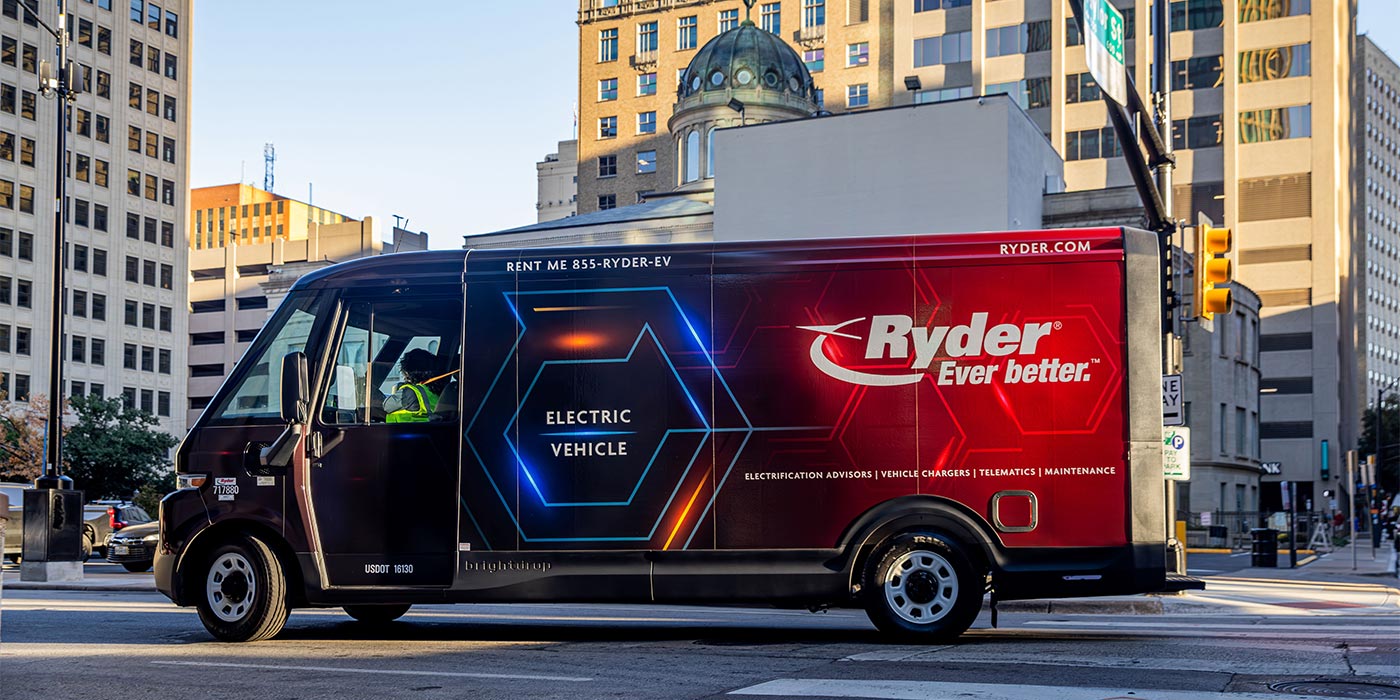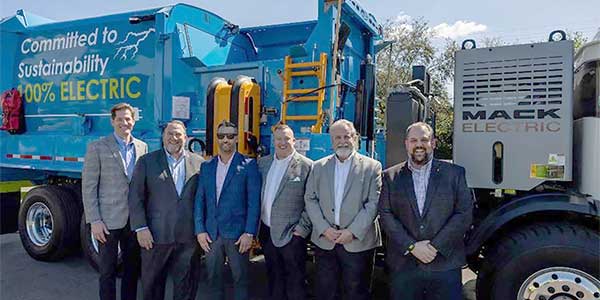Mack delivers LR Refuse EV to Costal Waste & Recycling
Mack and Coastal Waste & Recycling developed a route to favor for the LR Electric’s range, so it can complete a full day’s work.
Coastal Waste & Recycling took delivery of its first battery-electric refuse vehicle, the Mack LR Electric model. Mack executives handed over the vehicle during an e-mobility event with the company in Pompano Beach, FL.
Mack tells us that the Coastal Waste & Recycling LR Electric is equipped with an automated side loader. The two companies worked together to develop favorable routing for the LR Electric to ensure that the refuse truck will complete a full day’s work in residential and certain specialized commercial applications.
NATDA Announces new trailer technology and innovation expo
The inaugural Trailer Tech Expo is slated for February 25-27, 2025 in Reno, Nevada.

Mullen shares on-road test results for solid-state polymer battery pack
Tested in its Mullen One Class 1 EV cargo van, Mullen says the integrated battery pack performed better than expected.
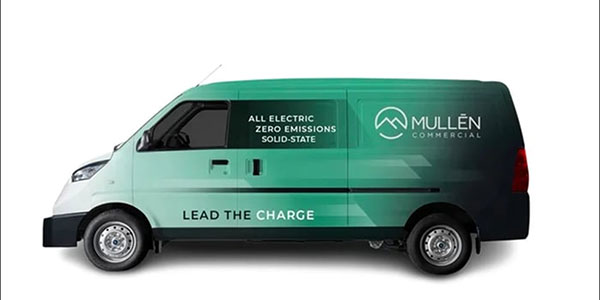
Mack introduces mobile off-grid charging system
Mack says this will help customers test Class 6-8 trucks in the real world, to see if the vehicles can function in their fleet.
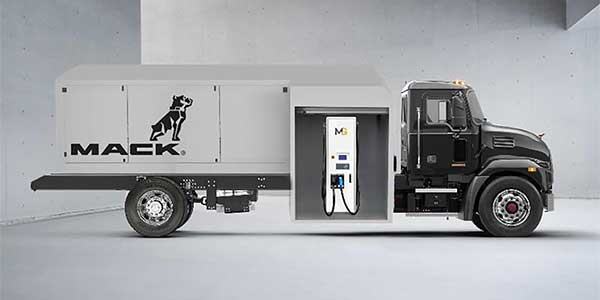
Dorman announces new light- and heavy-duty aftermarket parts
The company says it released more than 200 light-and heavy-duty aftermarket parts in February, developed for technicians and DIY customers.
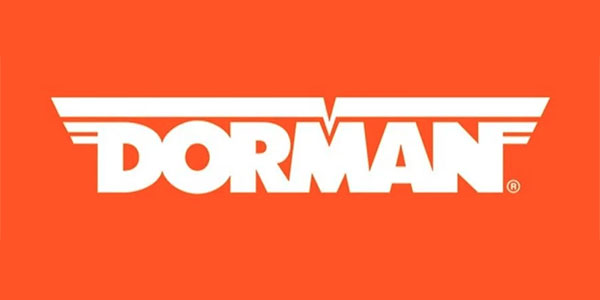
Other Posts
NTEA releases 2024 edition of CV certification guide
NTEA tells us the new edition features several changes including shortened label information and improved organization for better searchability.
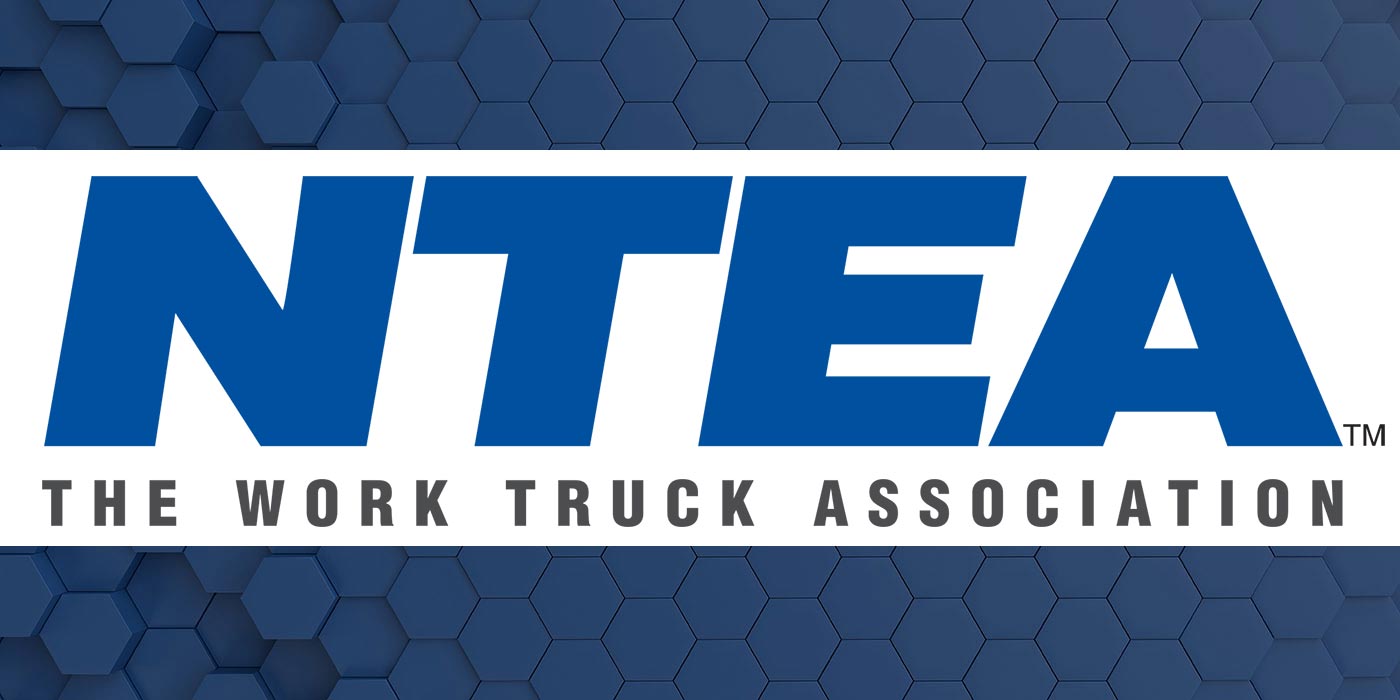
Legend introduces retracting side step for commercial vans
Legend Fleet Solutions has introduced the Upstep RS3 retracting side step for commercial vans. The announcement was made at this year’s Work Truck Show. Related Articles – Lincoln Electric launches Ranger Air 260 MPX multi-function engine drive – EV infrastructure: Engage early and know your energy needs – Motiv Power Systems delivers five electric step vans to
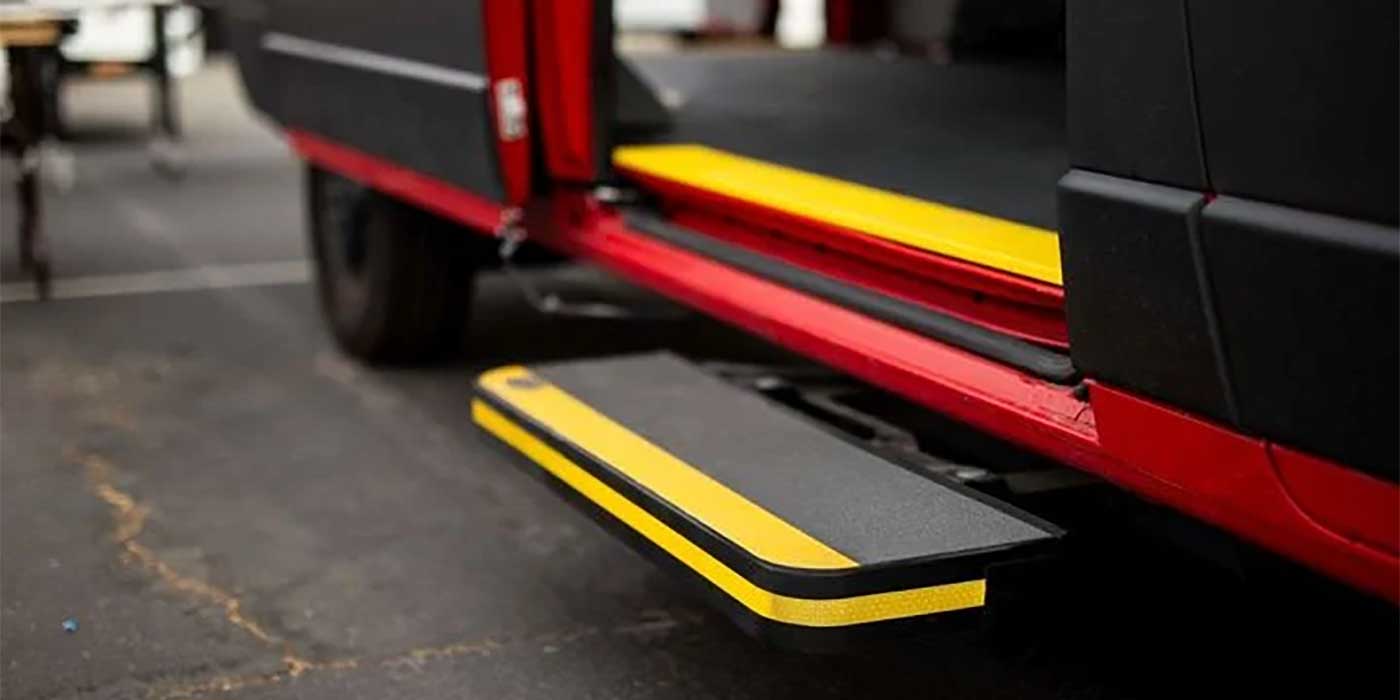
Lincoln Electric launches Ranger Air 260 MPX multi-function engine drive
Lincoln Electric recently introduced the new Ranger Air 260MPX multifunction engine drive.
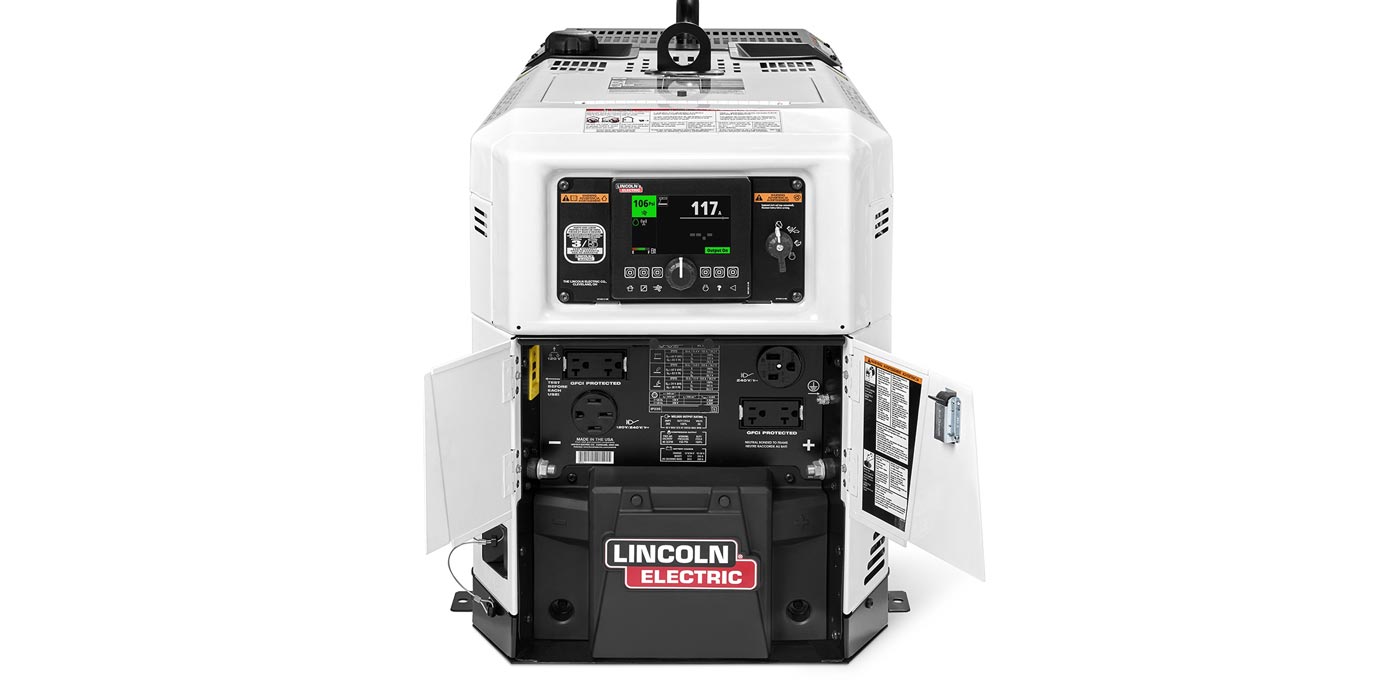
EV infrastructure: Engage early and know your energy needs
Effective planning and cost control strategies for transitioning commercial fleets to electric vehicles.





